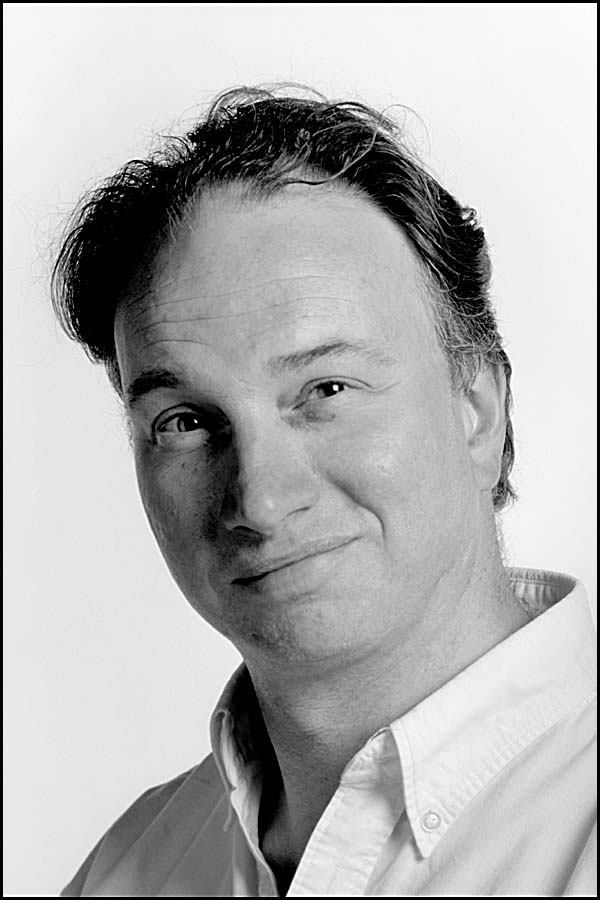As we have noted, the San Francisco Opera presents Benjamin Britten’s masterpiece of law and order on the high seas, Billy Budd.
Based on the unfinished novella by Herman Melville and set to a libretto by E.M. Forster and Eric Crozier, Billy Budd returns to the Company’s repertory after a 15-year absence.
There will be six performances at the War Memorial Opera House September 7–22.
The original staging is by Tony Award-winning director Michael Grandage.
This production is staged in revival by director Ian Rutherford.
In this exclusive interview, he shares fresh observations.
Cultural Currents: Many of our readers are recreational sailors. Some have had military experiences in the Navy or Coast Guard. How will this production resonate with them?
Ian Rutherford: There is much to interest the recreational sailor. Firstly, we have yards and yards of authentically made rope. The rope was made for us at The Chatham Master Ropemakers where they have been making rope in their quarter-of-a-mile-long rope shed for over 400 years. The cleats for the tying off of the rope were carved copies of a 74.
Also listen out for the orders “Halyards aft” “Hoist Royals and Skyrakers” and look out for the daily tradition of Holystoning: scraping the grime and salt off the ships deck using heavy stones. The chorus have learnt to do this as well as tie bow line, clove hitch knots and how to load a canon. This production was created at Glyndebourne Opera and many sailors came to see it and enjoyed it thoroughly.
As to the military…you will see the familiar roles of mates, master-at-arms and bosun. We have carefully recreated the chain of command and the appropriate weapons used to instill obedience, Rattans and the Monkeys Paw. The Cat’o’Nine Tails is threatened, and we see the deadly consequence in the lashes that the wig department carefully recreate on the Novice’s back.
CC: The performances coincide with the Melville bicentennial and the 100th anniversary of the posthumous discovery of the American author’s unfinished manuscript. How does this production keep faith with that novella, and how does it enhance it dramatically?
Rutherford: The opera libretto was created by Eric Crozier and the great novelist E.M. Forster. This libretto is a careful and creative work that compresses the novella but loses nothing of its brilliance. Where the opera diverges from the novella is in the prologue and epilogue of Captain Vere. Unlike the novella, Captain Vere survives till old age haunted by what happened on the Indomitable. The prologue is an ingenious way of setting the emotional axis of the opera and the epilogue brings a culmination to the story that was perhaps lacking in the novella.
CC: The story is also an investigation of evil (as was the epic Moby-Dick). What elements of this production signal the sinister nature of men at sea, particularly at a time of war?
Rutherford: I don’t agree that the story is an investigation of evil. There is brutality and cruel rules that are exacerbated by being in enemy waters but it is more a study of love and goodness.
CC: What particular challenges were overcome when putting the set and costumes together?
Rutherford: The task with the set is to create an abstract, sculptural space that is also “realistic.”
The set had to connect with the auditorium of the theatre so that the audience experience the claustrophobia as well. This was managed by the line of the set connecting with the line of the Dress Circle. All comes together when the transformational lighting of multi-Tony Award-winning Paule Constable is added. Using the tinniest and largest of lights she creates a compressed yet beautiful world.
The costumes bring the characters—that could feel so far back in history—to life. The hierarchy is very clear with the authentic uniforms and the prevalence and importance of hats.

